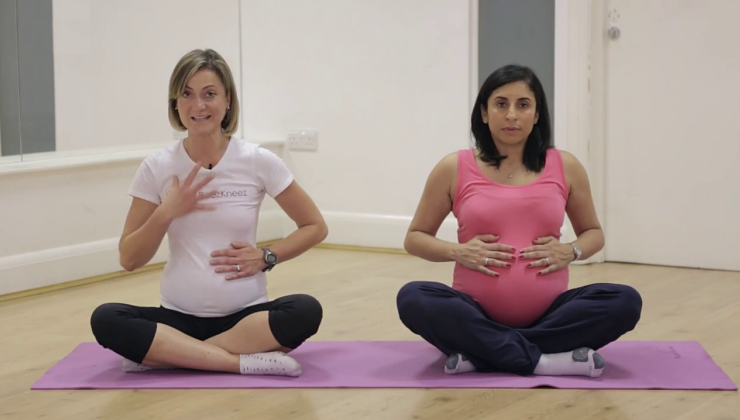
Pregnancy brings a new meaning to the life of a Woman and it is a period of immense joy and excitement. Carrying a soul within you is a magnificent feeling. An angel within you gives you a new reason to live, to feel motivated, to get inspired and surely to smile and bless the world with all the positivity.
These 9 months are so special and important that people around you are as happy and concerned about your well being as you are. So, let me share some very important points to make your pregnancy a healthy and a happy one.
To keep yourself healthy during this period, you must remain active. Here are the 5 most important exercises a woman must do throughout her Pregnancy.
- Walking: One of the easiest things to do to keep you active is Walking. The best part is that you do not require any equipment except for a pair of good shoes. It can be done anytime, anywhere and all throughout your pregnancy. Carry a bottle of water and off you go walking.
- Stretching: It is one of the most important exercises a pregnant woman is advised to do by her doctor.The reason behind it is that during pregnancy certain muscle groups become weak due to inactivity also less movement of a muscle leads to shortening and tightening of the muscle. Hence, to avoid the shortening of the muscle or the muscle group, a woman must do stretching every day before and after her workout. Stretching the neck, back and chest and legs helps to relieve the aches and fatigue.
- Butterfly Pose: Butterfly pose is a deep inner thigh and groin stretch. This is the stretch which is going to help you the most during the last stages of pregnancy and you will thank yourself for doing it every day during this period. Bend your knees and place the soles of your feet together. Slide the feet closer to your groin and allow your knees to widen away from each other towards the floor. Hinge forward at the waist and fold forward towards your feet while keeping your spine straight. Breathe deeply and hold the pose between 30 seconds to five minutes.
- Cat and Camel Pose: This pose is helpful in maintaining the flexibility of your spine and also will be strengthening your back. Get down on all fours on your mat. Place your hands directly below your shoulders. Now lift your buttocks up towards the ceiling so that your lower back is concave. As you do this your head will lift up naturally towards the ceiling. Now round your back like the hump of a camel and roll your head towards your chest.
- Child Pose: One of the most relaxing posse in Yoga. It is safe to be done in any stage of Pregnancy with some modifications. It lengthens the spine and also is a great hip opener. Come into the posture by kneeling on both knees at a slightly wide but, comfortable distance apart from one another. This distance should be wider than hips width. No need to obsess about the distance, you can always adjust once in the pose to whatever feels comfortable. Then sit on your heels (which should be facing up), and lean forward slowly with your body, walking your arms out long in front of you. Make sure you are breathing as you come into the pose and are not holding your breath, especially if you are feeling any sensation or even pain at this point. Keep breathing normally for as long as you are holding the pose. You can keep a pillow under your belly, knee and feet for a good support. Slowly walk your arms under you and release the pose.
These are the five most easy and beneficial exercises a pregnant woman must do to have a safe and healthy pregnancy.
Remember to have a word with your doctor before you start practicing any of the above mentioned exercises. Your doctor’s consent is must for your healthy pregnancy and a healthy baby.
If you found this information helpful, we’d love to hear your thoughts in the comments below. Find more articles on Women’s Health here. For further information or guidance, reach out to our certified experts by subscribing to GOQii’s Personalised Health Coaching here.
#BeTheForce






